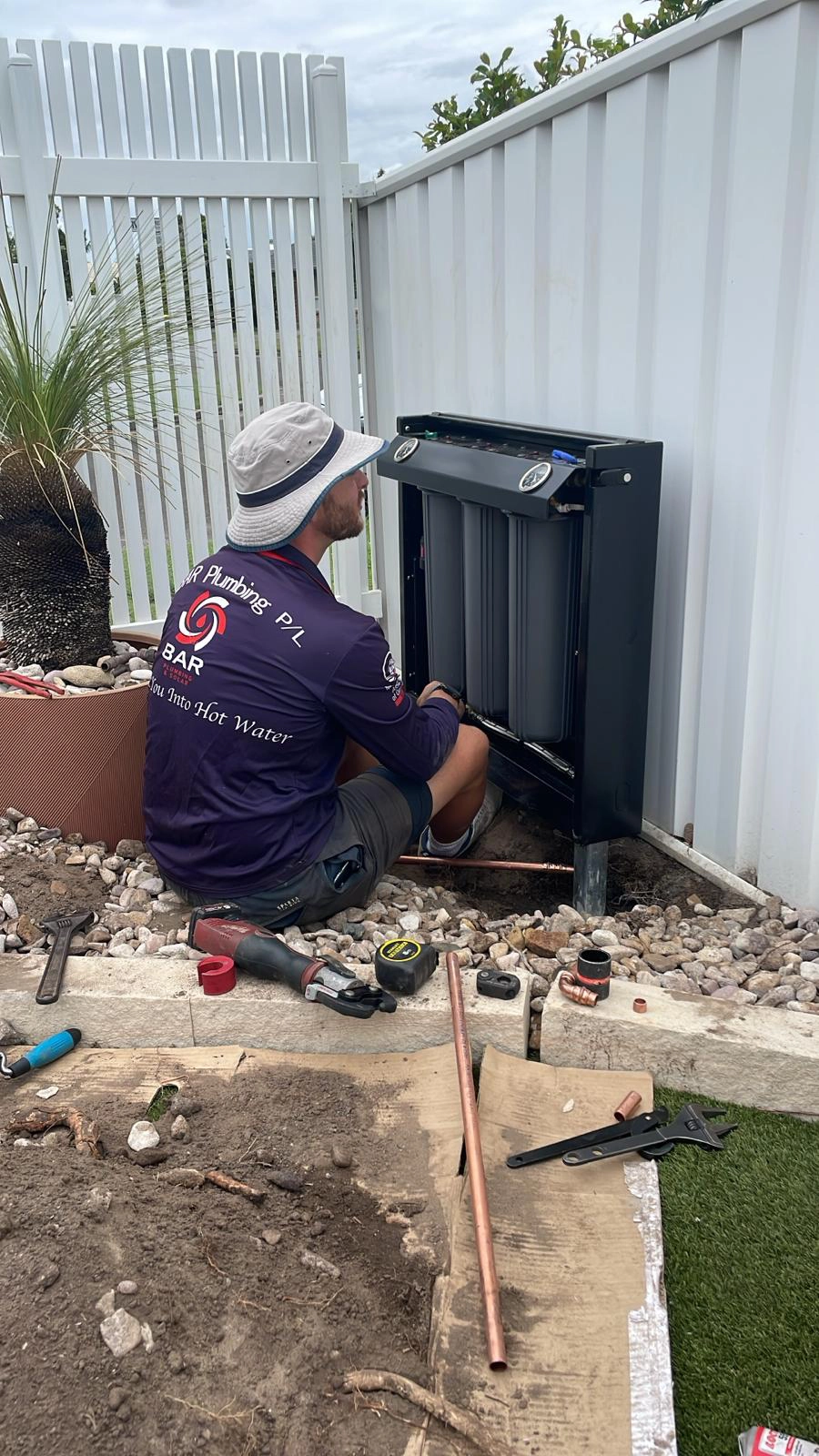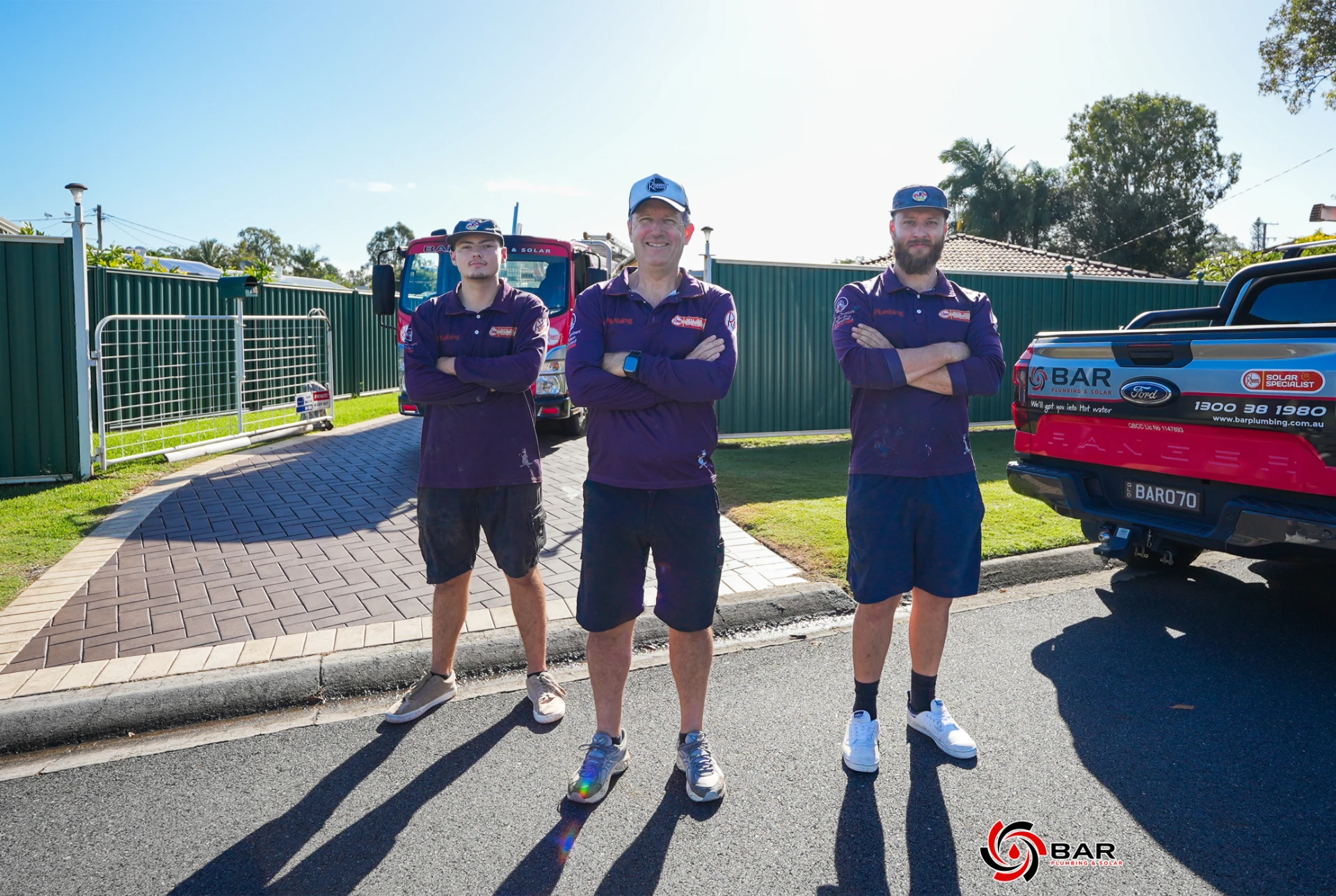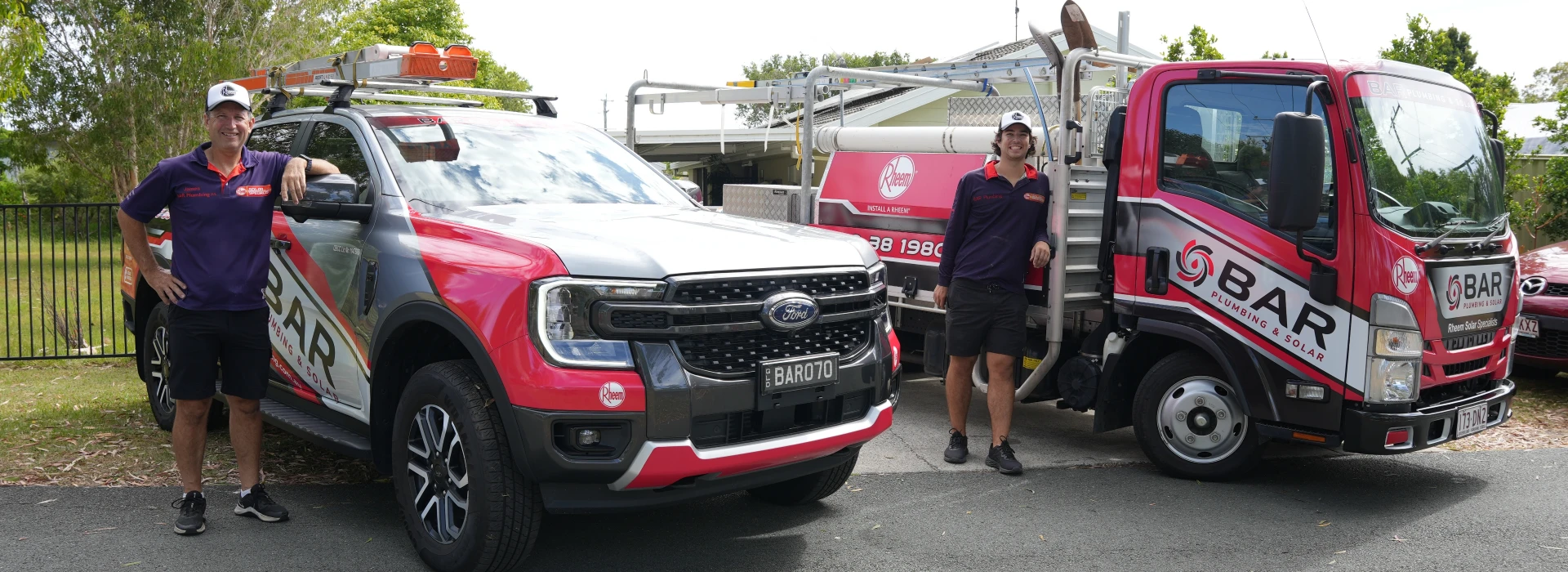
What is Solar & Heat Pump?
Direct solar water heaters use roof mounted solar “collectors” to absorb energy from the sun. The energy collected is then used to heat the water stored in the storage tank. … Indirect heating prevents water freezing in the collectors and pipe-work, which can permanently damage the system.
Solar water heaters capture the heat and light from the sun inside the solar collectors which are typically mounted on the north facing aspect of a roof. Water is drawn into the collectors from a storage tank, located either on the roof (a close coupled, or thermosiphon system) or at ground level (a split system). The heated water travels from the bottom to the top of the collector, where it is then returned to the tank, ready for use. In areas that are prone to frost, or with water quality issues, there are “indirect systems” which use a patented heat exchange fluid system. These systems prevent water from freezing in the pipe-work or collectors and damaging the system .
Solar water heaters come in a range of tank sizes and boosting capacities. Solar water heaters require installation by a suitably qualified person. Contact your plumber or click on the “Find an Installer” button on the website for more information.
Types of Solar Water Heaters
There are two types of solar heaters – direct and indirect.
Direct systems are designed for warmer climates while indirect systems are designed for cooler climates that experience frost.

Direct solar water heaters
Direct solar water heaters use roof mounted solar “collectors” to absorb energy from the sun. The energy collected is then used to heat the water stored in the storage tank. Generally, this is achieved by running the water through channels (also known as “risers”) in the
collector. As the water moves up the collector it gets hotter and returns into the tank, ready to use.
Indirect solar water heaters
Indirect solar water heaters are designed for frost prone climates. They work similarly to direct models but rather than ‘directly’ heating the water in the solar collectors, a special fluid with anti-freeze properties is heated. This fluid, kept within an enclosed circuit in Rheem Premier Loline systems, transfers the heat to the water when it “drains back” into the tank. In this way the sun does heats the water indirectly, heating the fluid which then heats the water. Indirect heating prevents water freezing in the collectors and pipe-work, which can permanently damage the system. Indirect solar water heaters have true frost protection and do not rely on frost valves which can be unreliable.
What is a Heat Pump Water Heater?
A heat pump water heater consists of an insulated storage tank and a heating module. The heating module must be installed outdoors, but there are options to install the storage tank either outdoors with the heating module, or indoors separated from the heating module by up to 4 metres.
A heat pump works to heat water by transferring the intensified warmth from the air around it into the water, stored in the tank, via a heat exchange system that works in a similar way to an air conditioner.
When emptied, it takes time to reheat to have you back in hot water. Heat pumps draw less electricity than a traditional electric storage water heater, and in doing so, are more energy efficient. They do take longer to heat water, so consider a larger tank capacity to ensure you have enough hot water when you need it.
Heat pumps are an ideal replacement option for an electric water heater as they will often use existing plumbing; or as an alternative to solar where unshaded north facing or limited roof space is a problem as they don’t require the installation of roof mounted solar collectors.
The best homes for solar hot water meet the following requirements:
A good-sized roof – most houses will use 2 collectors which are each around 2m tall x 1 m wide. That means you need at least 2m x 2m, plus some clearance space on your roof. You’ll also need some ground space for the ground-mounted hot water storage tank. For a roof-mounted tank, you’ll need even more roof space .
A north-facing roof area – it’s best if the collectors can be mounted facing north in order to capture the most sunlight. If you’re not sure, use a compass or go to Google Earth to check if you’ve got a north-facing roof area.
An area free from shade – the roof where the solar collectors are fitted needs to get plenty of sunlight – so watch out for shade from trees or surrounding buildings.
Climate can also be a factor when choosing a solar heater. Extreme weather areas that get frost or very high heat will need a product designed to suit the climate.
Remember, a plumber or solar installer can help you make sure you have the right set-up, Contact James today for a free quote.
If your house doesn’t suit solar, a Heat Pump is a great alternative. We call it ‘solar without the panels’.
Heat Pumps can attract solar rebates and incentives.





